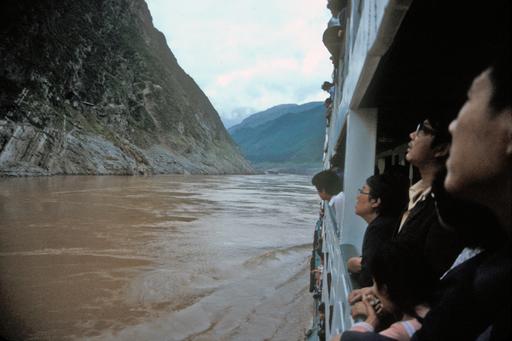
Much of Earth's surface is covered by unconsolidated debris overlying hard, unaltered rock. This unconsolidated layer is called regolith. The regolith may have formed in place immediately above unaltered rock, or may have been transported by various physical processes we will discuss in Unit 4. Soil is derived from the physical, chemical, and biological alteration of regolith.
At the simplest level, the presence or absence of soil can be considered as dependent upon whether alteration of regolith (soil formation) occurs faster than soil erosion. Soil erosion occurs naturally but is widely recognized to have been greatly increased by human activities in the Critical Zone—both the natural and human-influenced (or anthropogenic) rates of soil erosion have been well studied and measured.
Activity
Note
For this assignment, you will need to record your work on a word processing document. Your work must be submitted in Word (.doc) or PDF (.pdf) format so I can open it. In addition, documents must be double-spaced and typed in 12 point Times Roman font.
Directions
- Go to the Soil Erosion Site and spend no more than an hour learning about soil erosion and the relevance to humanity. Do not concern yourself with those portions of the site that are under construction; we will consider erosion in a broader sense in Unit 4.
- As you review the site, briefly (no more than one page) respond in writing to the following questions on the implications of soil erosion to Critical Zone science:
- What aspects of the Critical Zone, outside of soil itself, are impacted by soil erosion?
- Are the impacts beneficial or deleterious?
- Save your document as either a Microsoft Word or PDF file in the following format:
L2_soilerosion_AccessAccountID_LastName.doc (or .pdf).
For example, student Elvis Aaron Presley's file would be named "L2_soilerosion_eap1_presley.doc"—this naming convention is important, as it will help me make sure I match each submission up with the right student!
Submitting your work
Upload your paper to the "Lesson 2 - Soil Erosion" dropbox (see the lesson folder under the Modules tab) by the due date indicated on our Canvas calendar.
Grading Criteria
You will be graded on the quality of your writing. You should not simply write responses to the questions and submit them to me. Instead, plan on writing a short stand-alone paragraph (or page or whatever you decide is necessary considering any constraints I might have placed on you) so that anyone can read what you've written and understood it. You should strive to be specific and complete in responding to the questions. Your answers should be analytic, thoughtful, insightful, and should provide connections between ideas. The writing should be tight and crisp with varied sentence structure and a serious, professional tone.